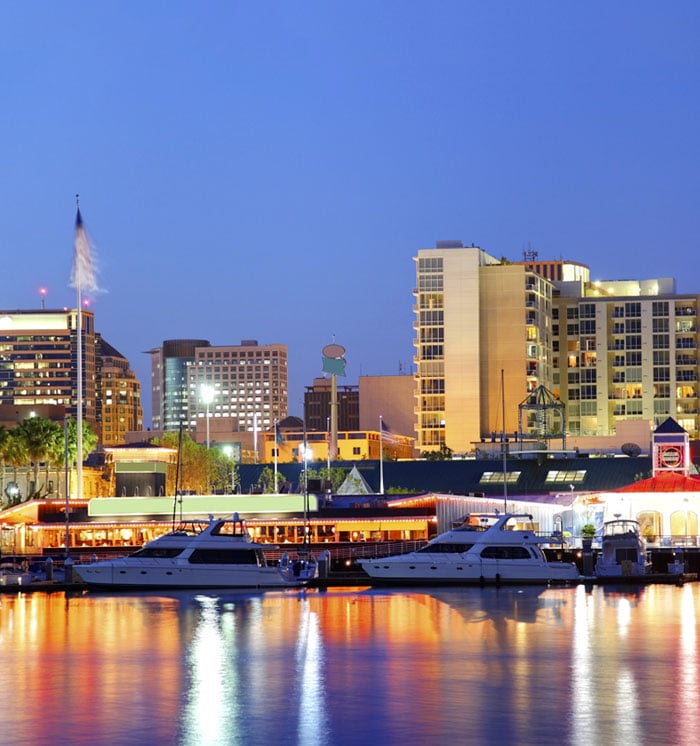


He writes in Chicanos in California, "They lost everything when squatters cut down their fruit trees, killed their cattle, destroyed their buildings, and even fenced off the roads leading to the rancho. Camarillo claims the family was the victim of targeted racial violence. Īccording to Stanford University historian Albert Camarillo, the Peralta family struggled to keep their land after the incorporation of California into the United States after the Mexican–American War. The portion of the parcel that is now Oakland was called Encinar (misrendered at an early date and carried forward as "encinal") -Spanish for "oak grove"-due to the large oak forest that covered the area, which eventually led to the city's name. Most of Oakland was within the shares given to Antonio Maria and Vicente. Upon his death in 1842, Peralta divided his land among his four sons. The grant was confirmed by the successor Mexican republic upon its independence from Spain. In the early 19th century, the Spanish crown granted the East Bay area to Luis María Peralta for his Rancho San Antonio. In 1772, the area that later became Oakland was colonized, along with the rest of California, by Spanish settlers for the King of Spain. Here the Peralta family is pictured at their hacienda in Oakland, c. Oakland and much of the East Bay was part of Rancho San Antonio, granted to Luís María Peralta in 1820. 3.2 2019 United States Census Bureau American Community Survey estimates.It continued to grow in the 20th century with its busy port, shipyards, and a thriving automobile manufacturing industry. Following the 1906 San Francisco earthquake, many San Francisco citizens moved to Oakland, enlarging the population, increasing its housing stock, and improving its infrastructure.

In the late 1860s, Oakland was selected as the western terminal of the Transcontinental Railroad. The fertile flatland soils helped it become a prolific agricultural region. Its land served as a resource when its hillside oak and redwood timber were logged to build San Francisco. In the late 18th century, it became part of a large rancho grant in the colony of New Spain. Oakland's territory covers what was once a mosaic of California coastal terrace prairie, oak woodland, and north coastal scrub. An act to incorporate the city was passed on May 4, 1852, and incorporation was later approved on March 25, 1854. With a population of 440,646 as of 2020, it serves as a trade center: the Port of Oakland is the busiest port in Northern California, and the fifth busiest in the United States of America. A major West Coast port, Oakland is the largest city in the East Bay region of the San Francisco Bay Area, the third largest city overall in the Bay Area and the eighth most populated city in California. Oakland is the largest city and the county seat of Alameda County, California.


 0 kommentar(er)
0 kommentar(er)
